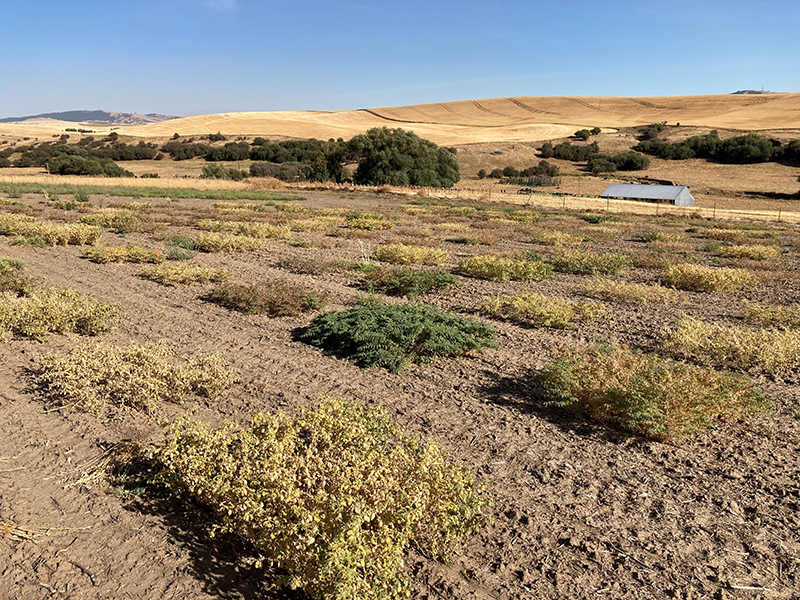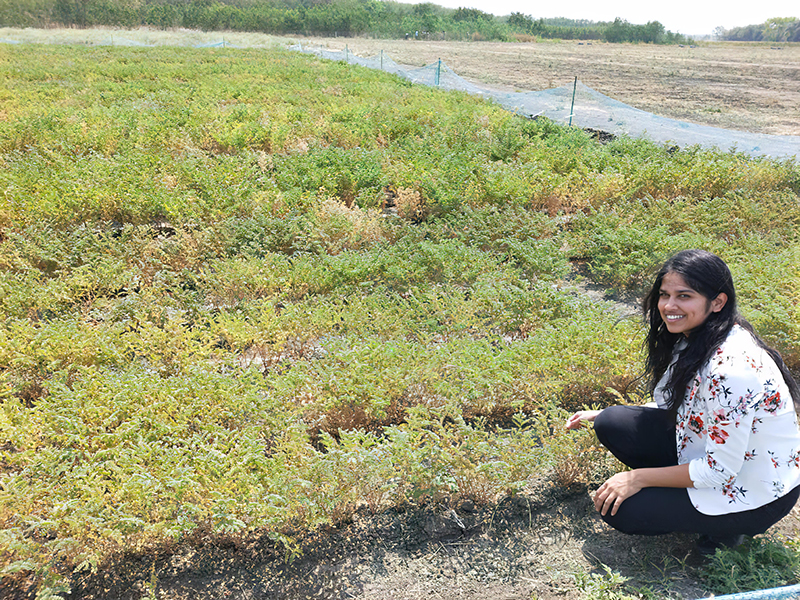Food
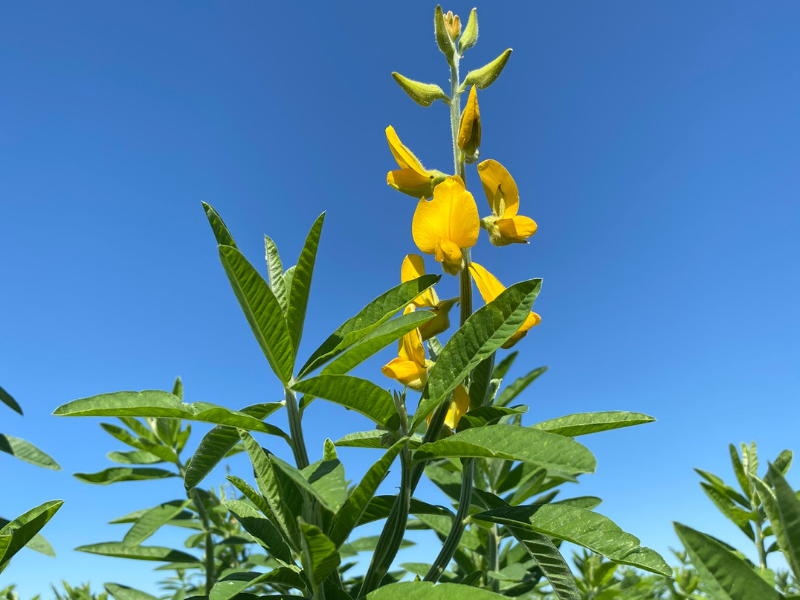
If you’ve ever moved from one location in the US to another, you may know that different regions have different “hardiness zones” for outdoor plants. So, if you live in the south, and want to bring a prized rose bush when you move to a northern state, it most likely won’t survive.
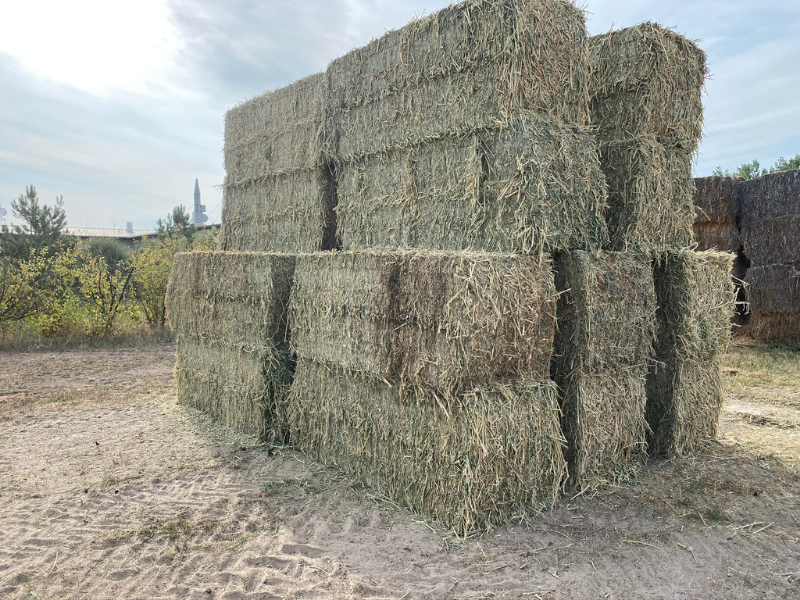
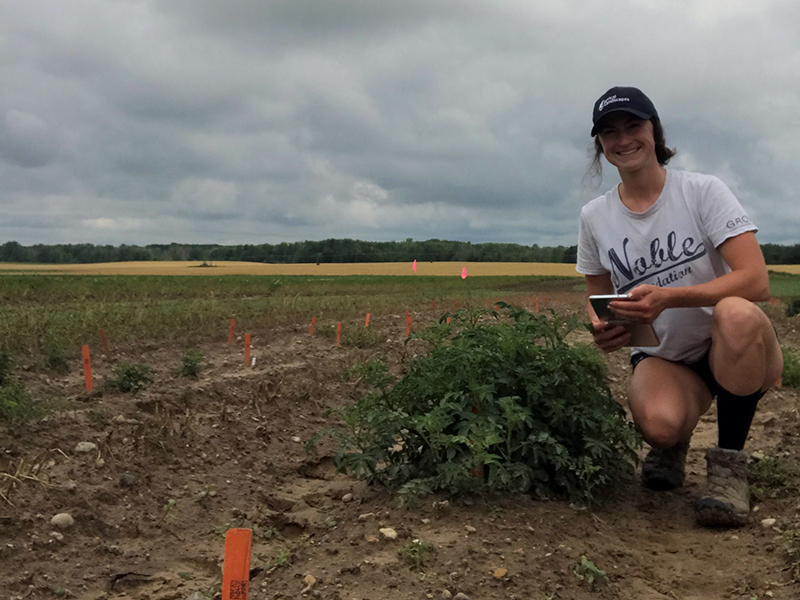
Potatoes are the most consumed vegetable in the United States. According to the USDA, US farmers grew more than 42 billion lbs. of potatoes in 2019. That’s 128 lbs. of potatoes per person.
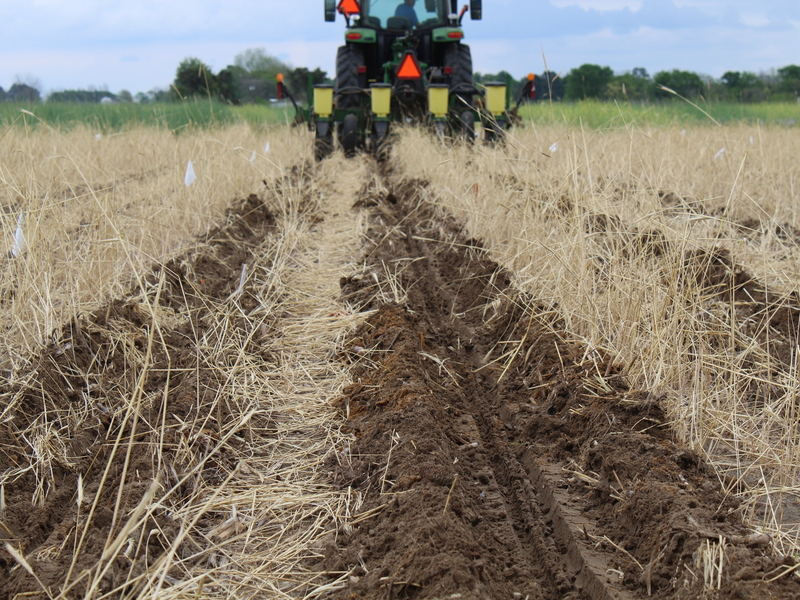
You may have heard the term “carbon sequestration.” In its basic terms, it refers to keeping and returning carbon to the soil. Since carbon is an element, how and why should this be done?
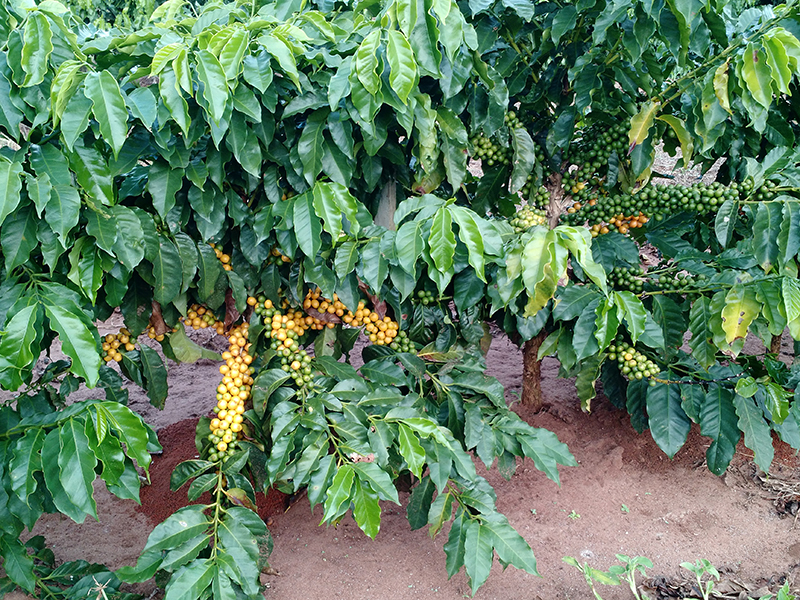
The perfect cup of morning coffee. Before you even purchase the beans at the store, many things must go right before that great-tasting coffee can be poured into your favorite mug. It starts in the soil where farmers grow the beans. For example, Brazil is the world’s biggest coffee producer, and the soils there can cause problems for coffee plants.
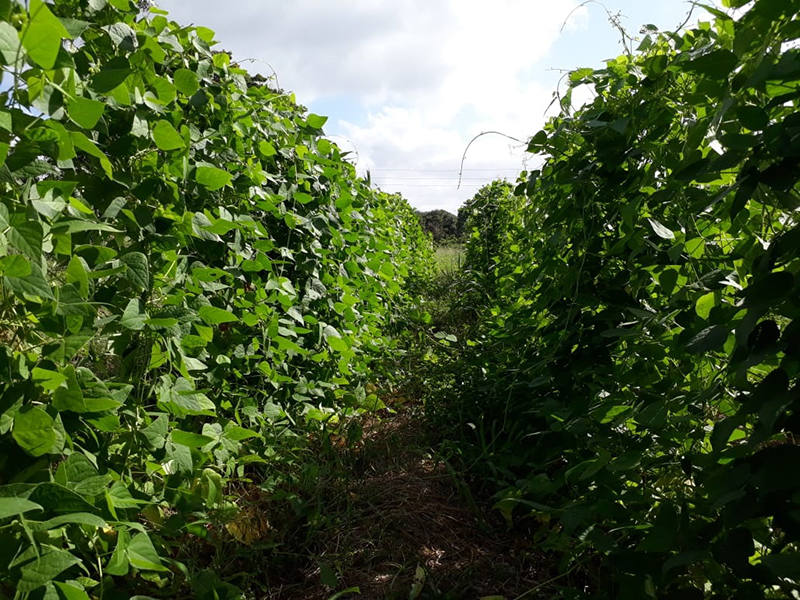
Lima beans are packed with nutrients. They are an excellent source of protein and fiber. They are rich in vitamins and minerals.

Lima beans are also good for the environment and farmers. They are effective as cover crops and as green manure.
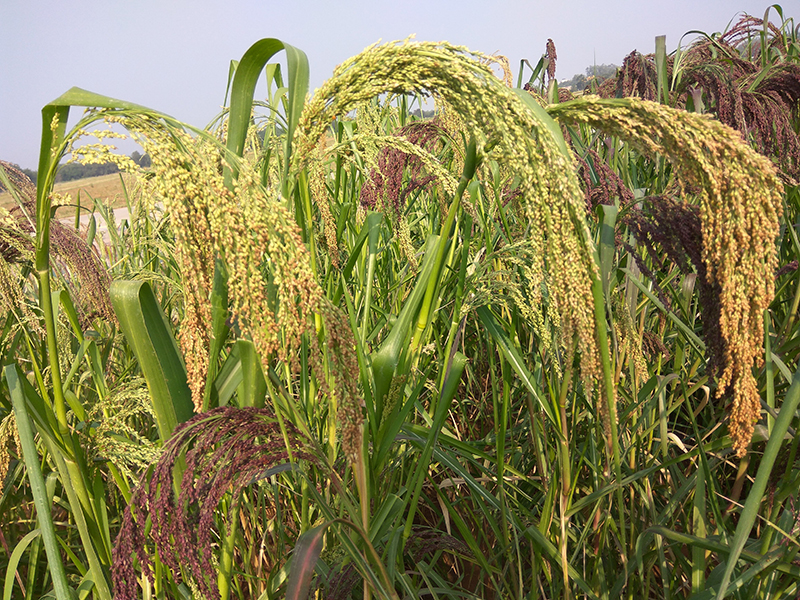
Since humans began cultivating the land, we’ve prioritized one type of crop above all others: grain. With high amounts of minerals, protein, and vitamins, cereal grains form the foundation of diets worldwide.

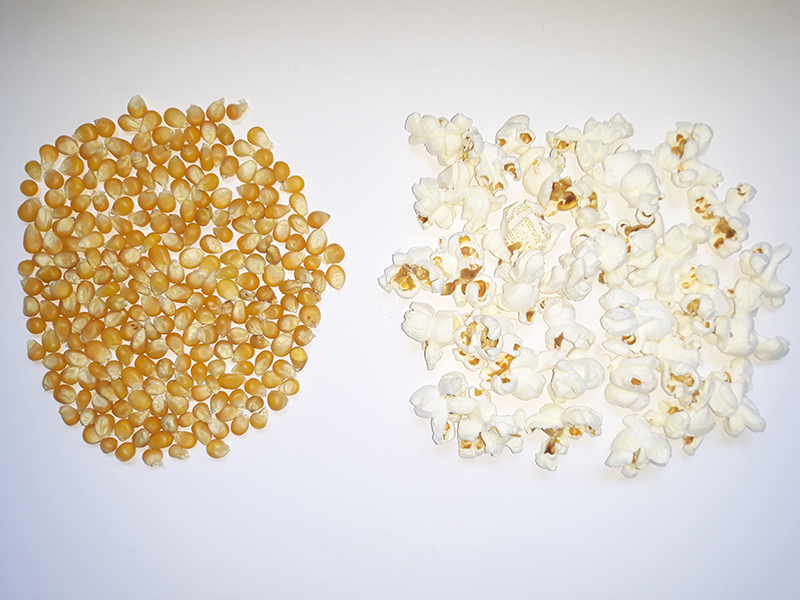
Popcorn. What would movies and sporting events be like without this salty, buttery snack? America’s love for this snack goes beyond these events. We consume 15 billion quarts of popped popcorn each year.

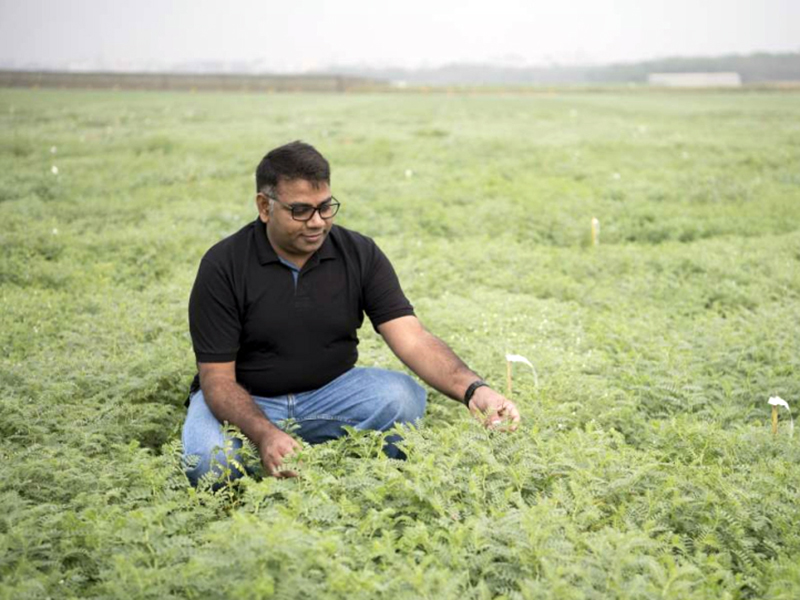
Chickpeas are a very important crop and food in India. They are used almost every day in meals and snacks. India is the largest producer, consumer, and importer of chickpeas. And with good reason — they are high in protein, fiber, and vitamins and minerals.
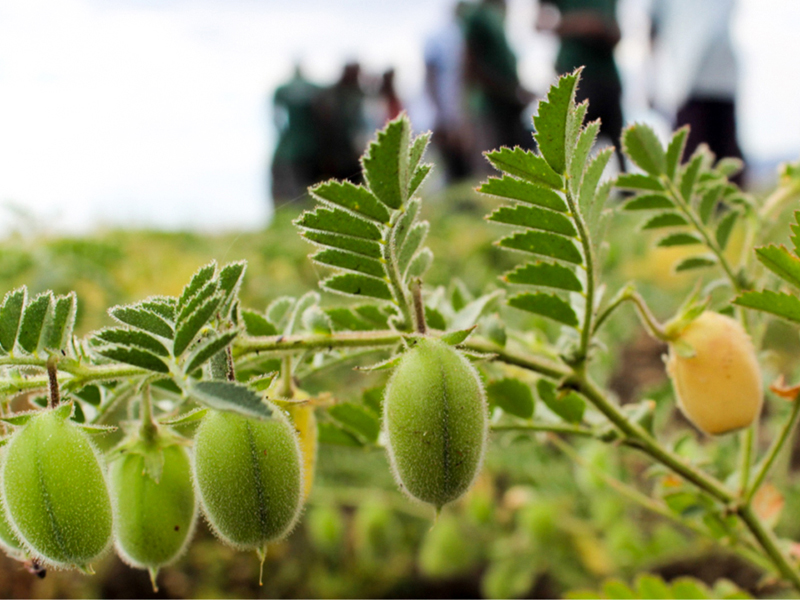
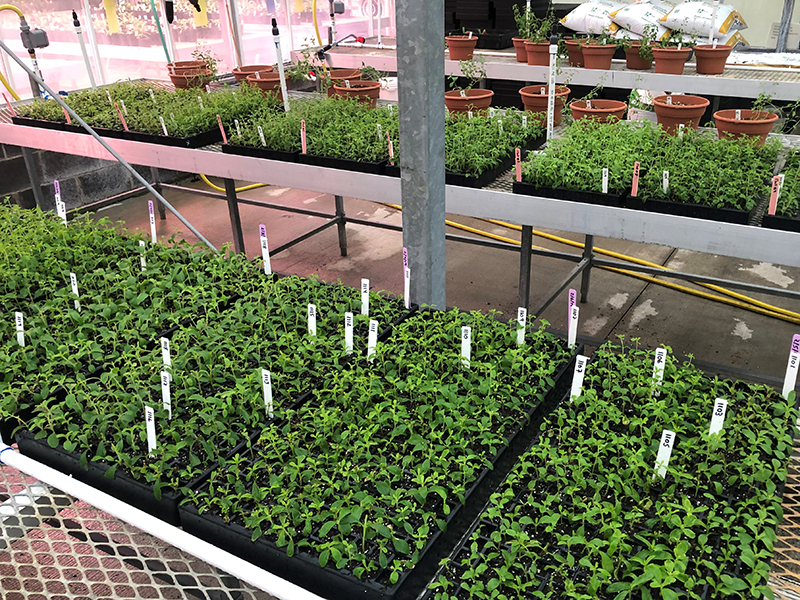
It’s a fact - humans love sugar. For those of us who also like to watch our calories, sugar substitutes can help.
Some zero-calorie or low-calorie sweeteners have attracted bad reputations for containing unnatural ingredients. But there are also natural sweeteners derived from plants, like stevia.

